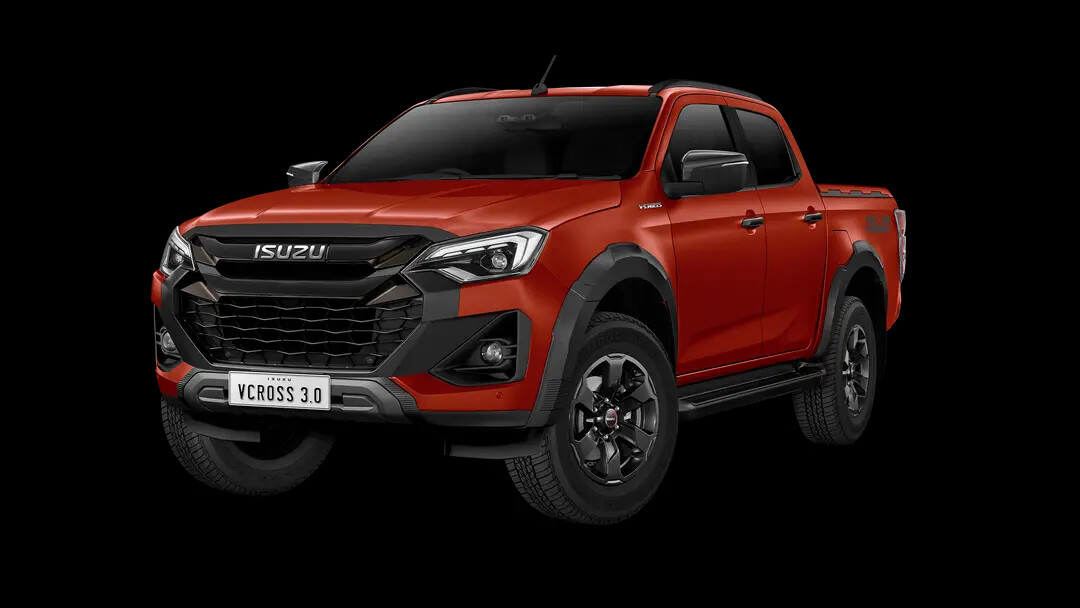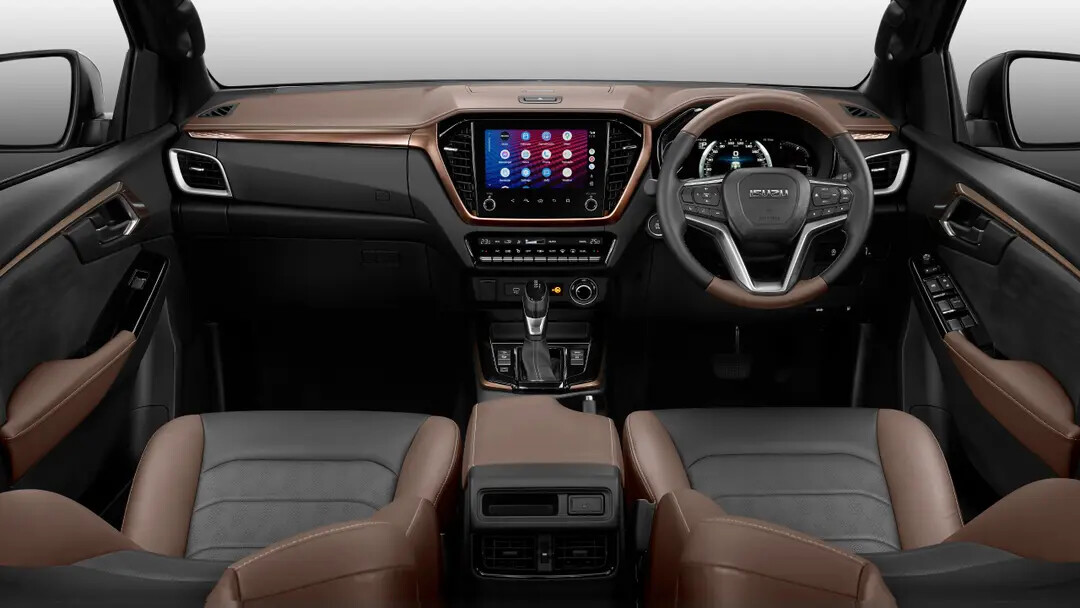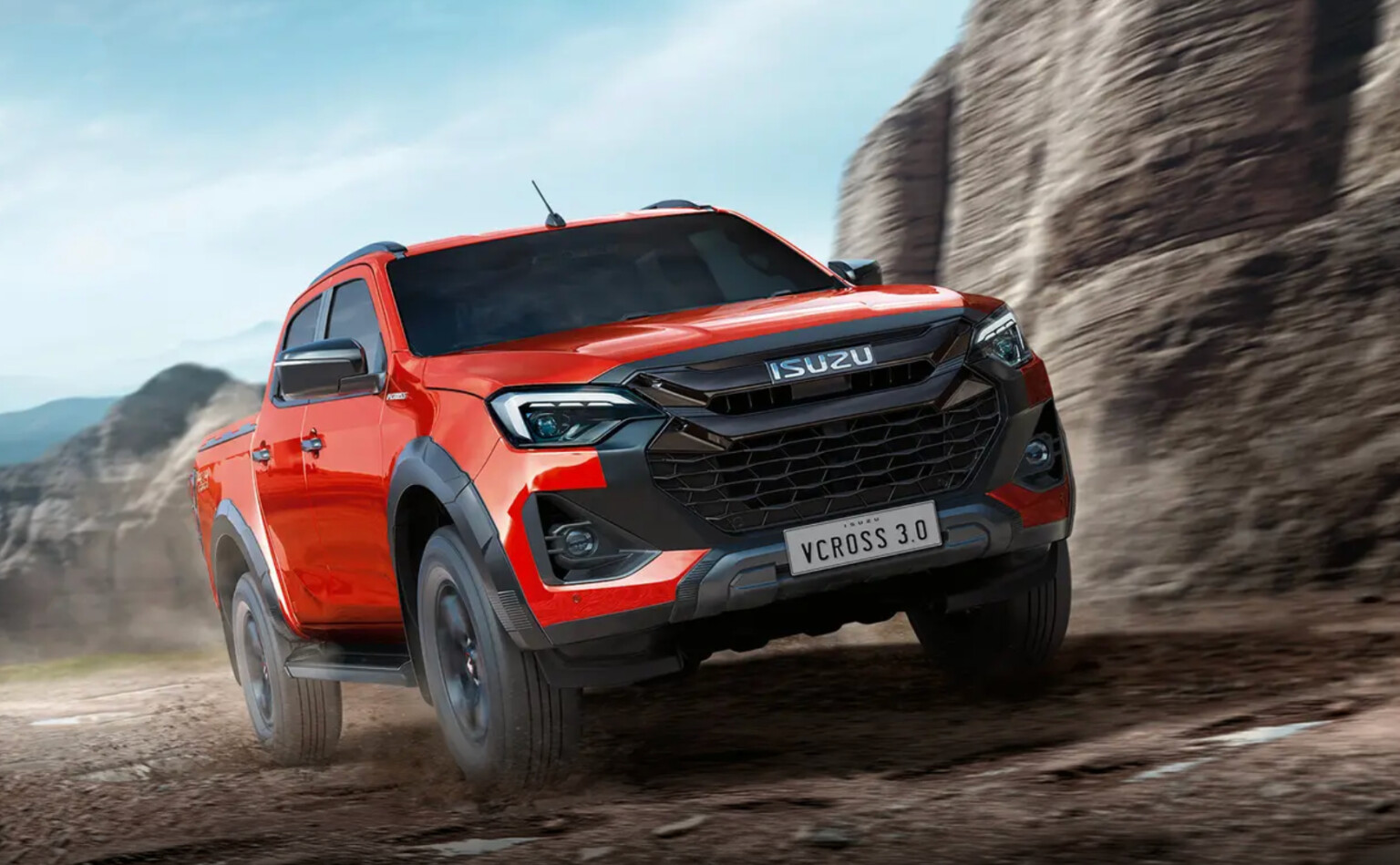Regarding exterior design, the Isuzu D-Max facelift 2024 features a newly designed front end with refined headlights, accompanied by a new gray or black chrome-colored grille, and a new integrated lower bumper with air intakes to improve aerodynamics.

Other exterior changes include updated LED taillights, a new wheel design, and more prominent wheel arches.

Moving to the interior, the Isuzu D-Max facelift is equipped with steering wheel-mounted paddle shifters, ventilated front seats, a 7-inch digital instrument cluster – increased from 4.2 inches – and USB-C ports both in the front and rear, replacing the USB-A ports.

Although the 7 or 9-inch touchscreen infotainment system remains unchanged, it is updated with software and supports wireless Android Auto connectivity. The seats are now wrapped in new brown/black leather with copper stitching.

Notably, the Chinese-made D-Max features a digital instrument cluster, a wide screen infotainment system, rear disc brakes, coil spring suspension, and wireless phone charging – but these changes have not been applied to the upgraded D-Max in Thailand.

The Isuzu D-Max facelift 2024 is equipped with a “rough terrain mode” for off-road driving, which is said to enhance braking and torque distribution to provide the highest level of traction when climbing mountains. It can also automatically lock the rear differential.
In terms of safety equipment, there doesn’t seem to be many changes compared to the predecessor model, but Isuzu claims that the front camera has a “wider and more accurate” field of view.

Powering the Isuzu D-Max facelift 2024 is either a 1.9L 4-cylinder diesel engine producing 148 horsepower/350Nm or a 3.0L 188 horsepower/450Nm engine, paired with a 6-speed manual or automatic transmission and 2-wheel or 4-wheel drive.
In the Thai market, the Isuzu D-Max 2024 has a price range of 540,000 – 1,264,000 baht (equivalent to 356-834 million dong).
Trang Nguyen (Forum.autodaily.vn)









































